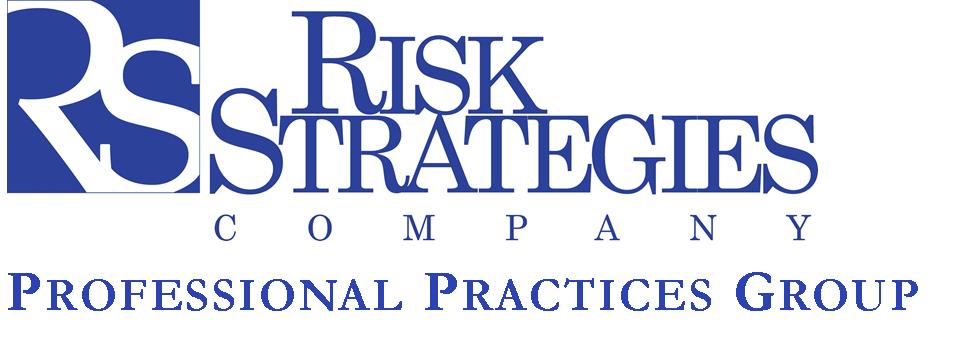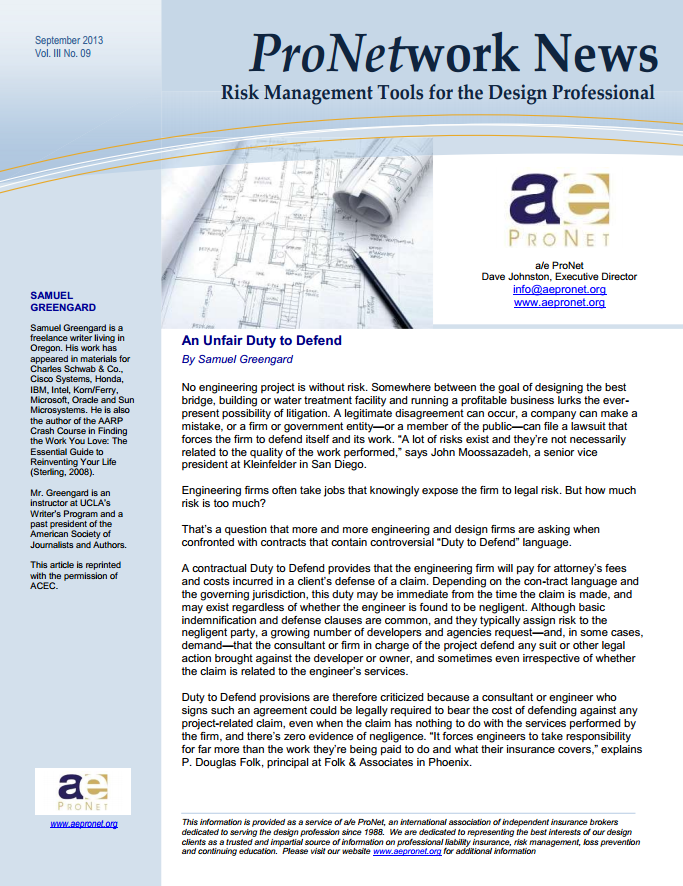 The closely watched California Supreme Court case of Beacon Residential Community Association v. Skidmore Owings and Merrill et. al. has been decided, and the opinion is bad news for California Architects. The Court held that architects owe a duty of care to future homeowners in the design of residential buildings where the architect is a principal architect on the project, meaning that the architect is not a subordinate to other design professionals.
The closely watched California Supreme Court case of Beacon Residential Community Association v. Skidmore Owings and Merrill et. al. has been decided, and the opinion is bad news for California Architects. The Court held that architects owe a duty of care to future homeowners in the design of residential buildings where the architect is a principal architect on the project, meaning that the architect is not a subordinate to other design professionals.
Case background and procedural history
As a refresher, this case involved the design and construction of residential units in the Bay Area of California. Originally held as apartments, the units were converted by one of the developers into condominium units. After completion, the condominium association filed a lawsuit against the original developers, contractors, and designers alleging a long list of construction and design defects. Among the issues was a complaint that the individual units did not include air conditioning and that the quality of the windows used was so deficient that the individual units experienced excessive heat gain, making them unlivable.
Skidmore Owings and Merrill (“SOM”) and HKS, Inc. (“HKS”) were the architects for the project. In reliance on past case law in California, SOM and HKS filed a motion in the trial court arguing that they did not owe any duty of care to the condominium association because neither SOM nor HKS had contracted with that entity. The trial court granted that motion. The intermediate appellate court reversed that ruling, holding that under other California law, SOM and HKS in fact did owe a duty to subsequent owners who were foreseeable even though SOM or HKS did not contract with them. This created an arguable conflict between cases, and thus the California Supreme Court accepted the case for resolution.
Our firm was privileged to file an amicus brief on behalf of the American Institute of Architects and the American Institute of Architects, California Council, arguing that architects should not be held to owe a duty to downstream owners with whom the architect did not contract. Continue reading “California Supreme Court Rules Against California’s Architects in the Beacon v. Skidmore Owings Case”








